Alhambra in Granada, Andalucia, Spain
© Armand Tamboly/Getty Image
Pearl among the emeralds. The Alhambra in Granada, Spain
The winds of history have long blown through the beautiful halls of the Alhambra, in what is now the Spanish city of Granada. Although fortresses had been built here as far back as the 800s, construction of the Alhambra (Arabic for ‘red castle’) began in 1238 under the rule of Muhammad I Ibn al-Ahmar, founder of the Emirate of Granada. Ensuing leaders would continue construction of the complex, turning it into one of the finest examples of architecture from the historic Islamic world. The palace was the final stronghold of the Moors before the completion of the Christian Reconquista in 1492, when the Alhambra became the royal court of the Catholic monarchs Ferdinand and Isabella. They greeted Christopher Columbus there later that same year.
Spanish rulers also left their mark here, and there is Spanish Renaissance architecture standing in contrast to the existing structures. But the next few centuries would see the Alhambra gradually fall into disrepair and disuse, including a damaging occupation by Napolean’s forces during the Peninsular War of 1807-1814. After Napolean's defeat, the grand palace was rediscovered among European and American travellers, which led to several extensive restorations. In 1984, the Alhambra was named a Unesco World Heritage Site. Today it's one of Spain’s most-visited tourist destinations.
Related Images
Today on Bing

Aït Benhaddou, Morocco

Hay Festival, UK

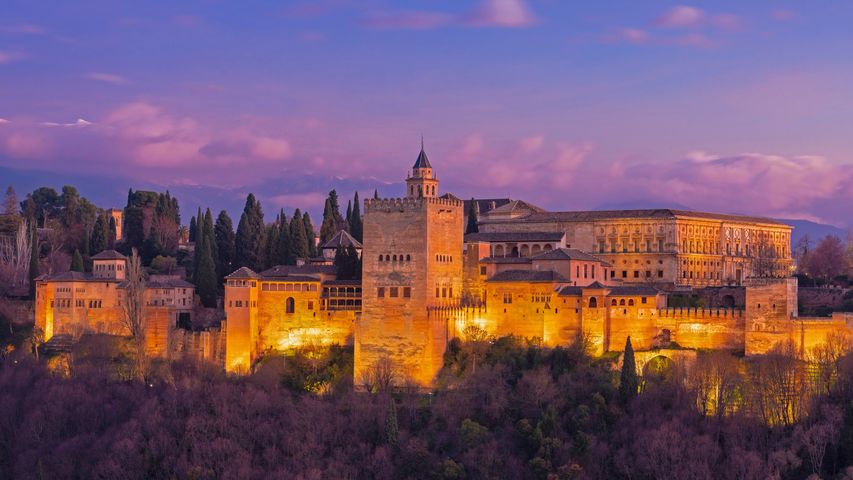
 Miravet on the Ebro river, Tarragona, Catalonia, Spain
Miravet on the Ebro river, Tarragona, Catalonia, Spain
 Beach huts in Brighton and Hove, England
Beach huts in Brighton and Hove, England
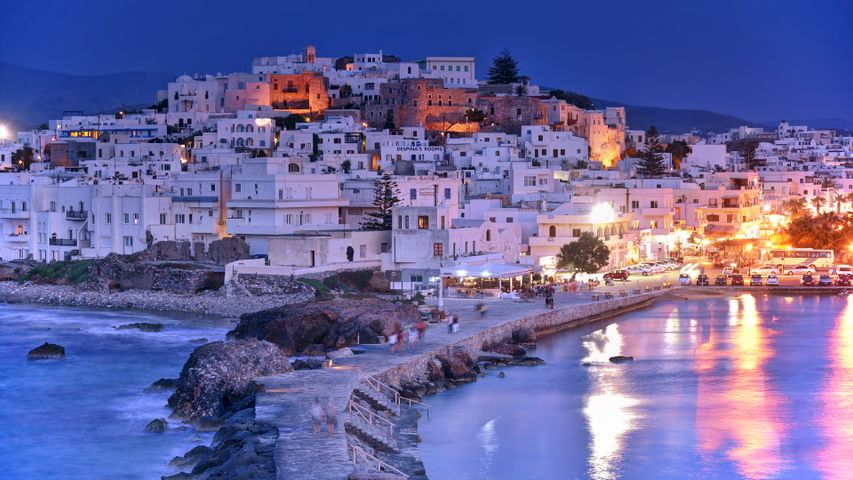 Blue hour in Naxos, Cyclades, Greece
Blue hour in Naxos, Cyclades, Greece
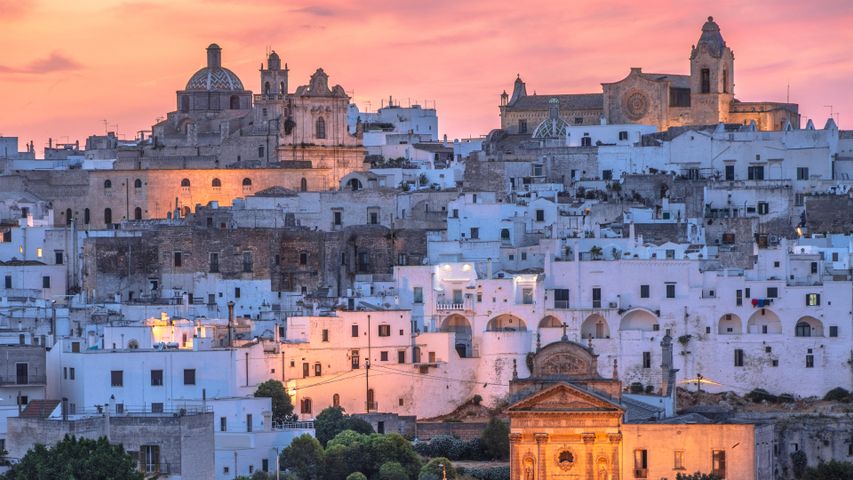 Ostuni, Apulia, Italy
Ostuni, Apulia, Italy
 Taktsang Palphug Monastery, Bhutan
Taktsang Palphug Monastery, Bhutan
 Medieval towers in Mestia, Upper Svaneti, Georgia
Medieval towers in Mestia, Upper Svaneti, Georgia
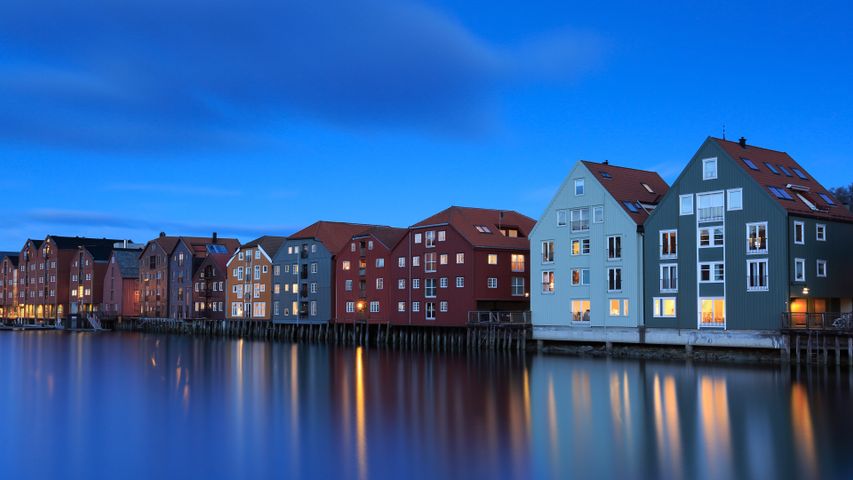 Blue hour in Trondheim, Norway
Blue hour in Trondheim, Norway
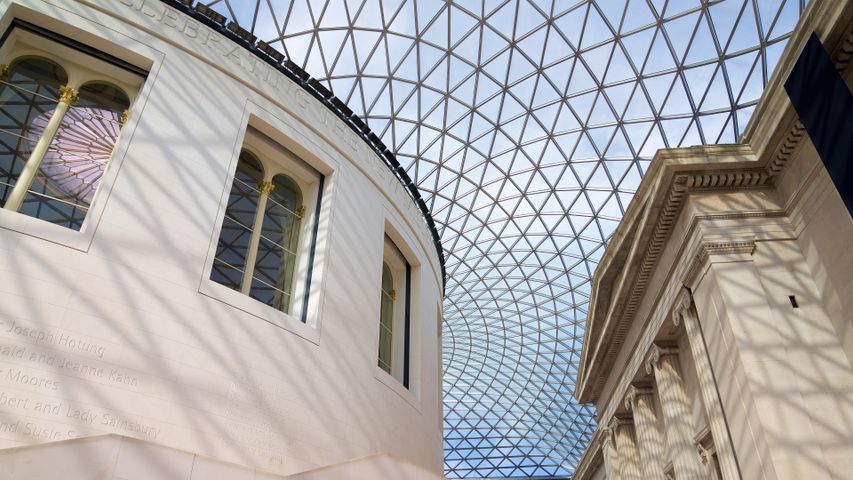 The Great Court of the British Museum, London, England
The Great Court of the British Museum, London, England


